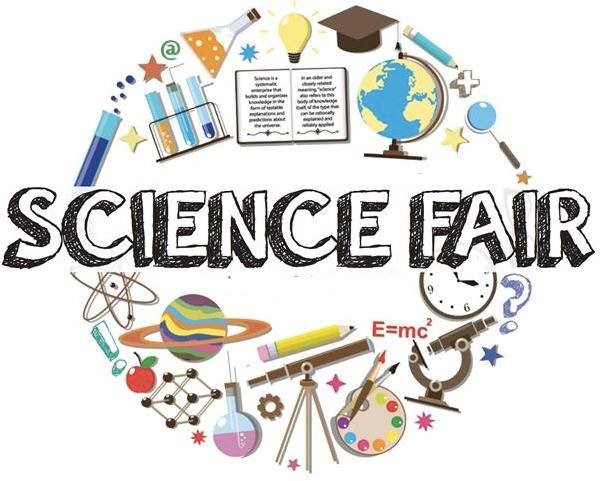Science fair switches
The highly anticipated eighth grade science fair has gone virtual this year.
The annual science fair is a culmination of hard work.
A science fair is a place where mock volcanoes explode, ink turns invisible, and crystals grow from a few simple ingredients. In the past, Cannon Falls eighth grade students would create an abundance of these experiments and present them to each other as the year’s most anticipated project. Mr. Schopp, the eighth grade earth science teacher, has spent all year hyping up the annual science fair to his students, and, despite setbacks due to COVID-19, he is refusing to disappoint. Against all odds, the science fair will go on.
COVID-19 was an unforeseen problem that led to the cancellation of all spring activities and the installation of distance learning. The science fair was one of the many events that was expected to take place at the end of the semester. After distance learning was implemented for the remainder of the year, Schopp debated whether or not to have the science fair because students would be unable to create and share their projects at school. But, eventually, he decided that his classes would do everything virtually, whether it be with a video and pictures of the projects or just a paper stating the scientific process used to prove or disprove a hypothesis.
Because it is taking place outside of the classroom, many things will be different about the science fair this year. It will be harder for students to get any materials or help that they need. However, the challenges won’t stop there. Schopp described some of the problems with having the science fair virtually: “There will be no access to all of the supplies needed, like crayons, glue, IMC access, all of the stuff at school, and working with a partner (if they choose to have one). In addition, in the end, we would have the science fair where everyone came into my room and looked at the projects.” Due to these setbacks, a few elements of the project have been changed. Though it used to be mandatory for students to create a poster board showing the scientific method, that is no longer a requirement for the project. Now, Schopp expressed that he will instead have students type up what would have originally been on the poster.
Much has changed, and the science fair experience will not be the same as in years past. Other than the obvious drawbacks like lack of supplies, there will be nobody to present the experiments to. “Just like school with distance learning, it won’t be as good as it used to be, for both the teachers and the kids,” Schopp commented. Lauren Ritz, a ninth grader who participated in the science fair last year stated: “I liked looking at all of the different projects. It was really interesting to see the variety of experiments.” Unfortunately, this year’s eighth graders will not get to see their peers’ projects, and despite Schopp’s efforts to make the science fair feel the same, it will still be very different.
It is undoubtedly inconvenient to host the science fair virtually, between hosting it over Zoom, a video, or just a document with the scientific process. Despite all of this, all participants will end up having fun, even if it is different than in previous years.

Salutations! I am Grace Miller, the editor-in-chief for the Lantern. I am heavily involved in FFA, speech, and my job as a barista, but my true calling...

